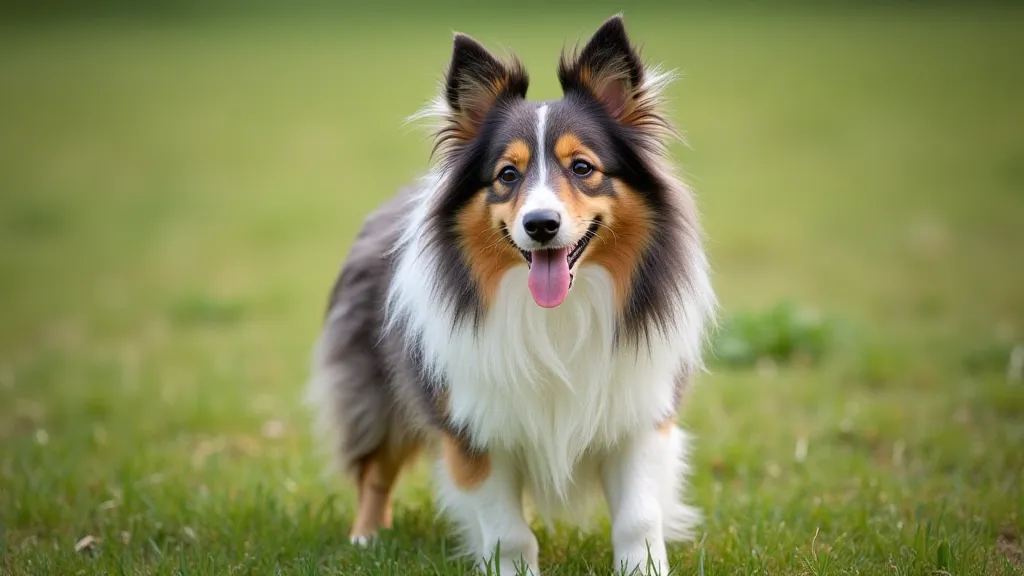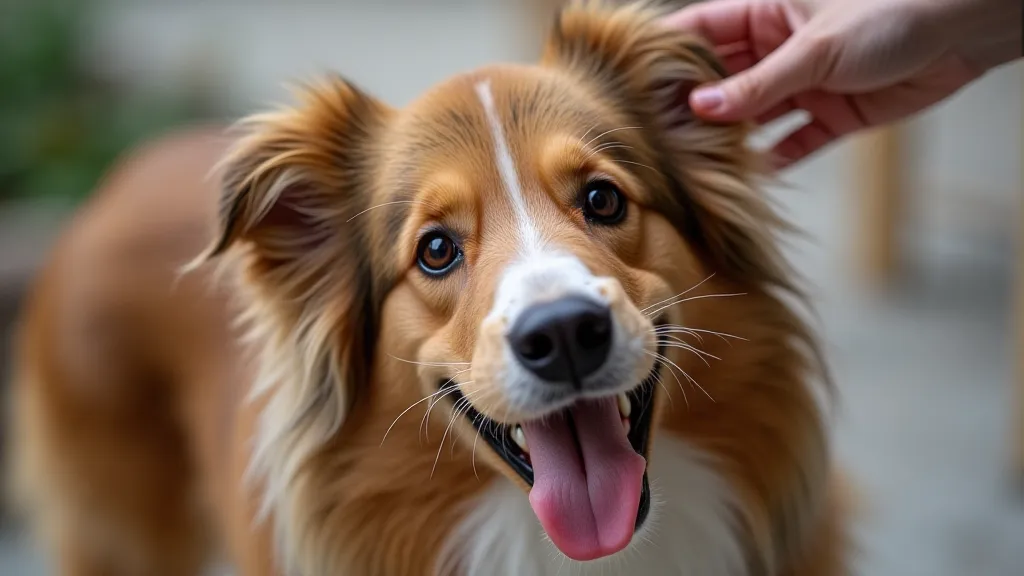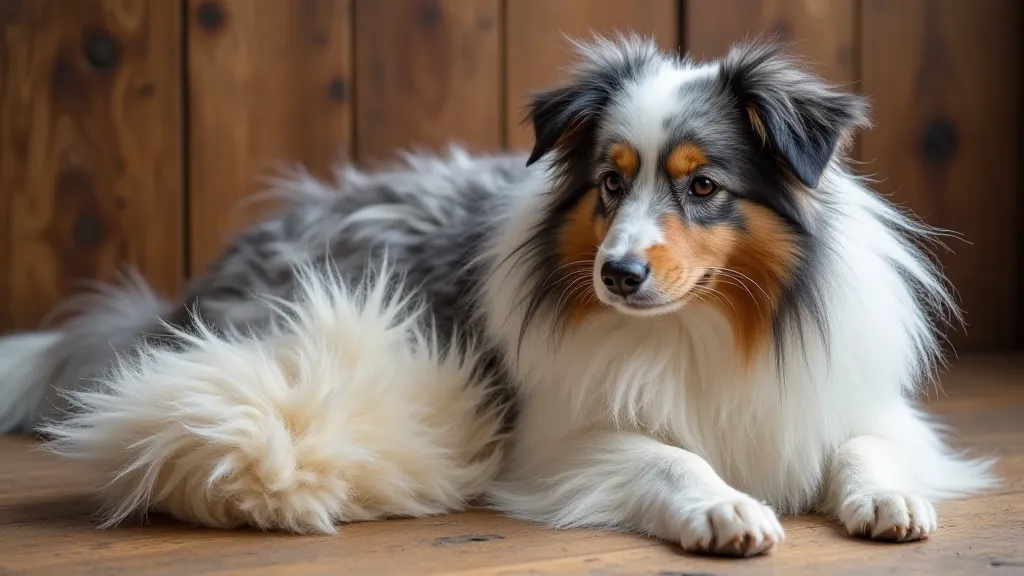Shetland Sheepdog Grooming: Managing a Double Coat and Preventing Mats
The Shetland Sheepdog, affectionately known as a “Sheltie,” is a beloved breed renowned for its intelligence, loyalty, and undeniably beautiful double coat. However, that gorgeous coat is also a significant grooming commitment. Without consistent care, a Sheltie's double coat can quickly become matted, uncomfortable, and even lead to skin problems. This guide will equip you with the knowledge and techniques needed to effectively groom your Sheltie and keep their coat healthy and tangle-free.
Understanding the Sheltie's Double Coat
The key to successful Sheltie grooming lies in understanding their coat type. A double coat consists of two layers: a soft, dense undercoat and a longer, coarser outer coat. The undercoat provides insulation in both hot and cold weather, while the outer coat protects them from the elements. This double layer is prone to matting, particularly around the neck, behind the ears, under the armpits, and on the "pants" (the feathering on the hind legs).

Essential Grooming Tools
Investing in the right tools will make your Sheltie grooming routine much easier. Here's a list of must-haves:
- Slicker Brush: Essential for removing loose hair and detangling. Look for one with fine, angled pins.
- Undercoat Rake: Specifically designed to remove loose undercoat hair.
- Metal Comb: Used after brushing to check for mats and ensure the coat is smooth.
- Detangling Spray: Helpful for loosening stubborn tangles and mats.
- Nail Clippers: For regular nail trims.
- Dog Shampoo & Conditioner: Choose products formulated for dogs with double coats.
- High-Velocity Dryer (Optional but Recommended): Significantly reduces drying time and helps remove loose undercoat.
Grooming Routine: Step-by-Step
- Brushing – Daily (or at least several times a week): Begin with the slicker brush, working in sections. Brush in the direction of hair growth, paying close attention to areas prone to matting.
- Undercoat Raking: Use the undercoat rake to remove the dense undercoat. This is especially important during shedding season. Be gentle to avoid irritating the skin.
- Combing: After brushing and raking, use a metal comb to check for any missed tangles or mats.
- Bathing (Every 2-3 Months or as Needed): Bathe your Sheltie using a dog-specific shampoo and conditioner. Be sure to rinse thoroughly.
- Drying: Towel dry your Sheltie, then use a high-velocity dryer to completely dry the coat. Brushing while drying helps to prevent matting.
- Nail Trimming: Trim your Sheltie’s nails regularly to prevent overgrowth and discomfort.

Dealing with Mats
Despite your best efforts, mats can sometimes occur. Here’s how to handle them:
- Small Mats: Try to gently loosen them with your fingers and then carefully work them out with a slicker brush or detangling spray.
- Large Mats: If the mat is too large to brush out, it's best to carefully cut it out with blunt-nosed scissors. Be *extremely* careful not to cut the skin. It's often best to consult a professional groomer for larger, stubborn mats.
Shedding Season
Shelties are heavy shedders, particularly during spring and fall. Increased brushing frequency is crucial during these periods. Daily brushing with both a slicker brush and an undercoat rake is essential to manage the shedding and prevent matting. A high-velocity dryer is invaluable for blasting out the loose undercoat.

Professional Grooming
While you can maintain your Sheltie’s coat with regular home grooming, professional grooming every few months can be beneficial. A groomer can provide a thorough bath, trim, and de-shedding treatment that you might not be able to achieve at home. They can also identify and address any skin issues.





